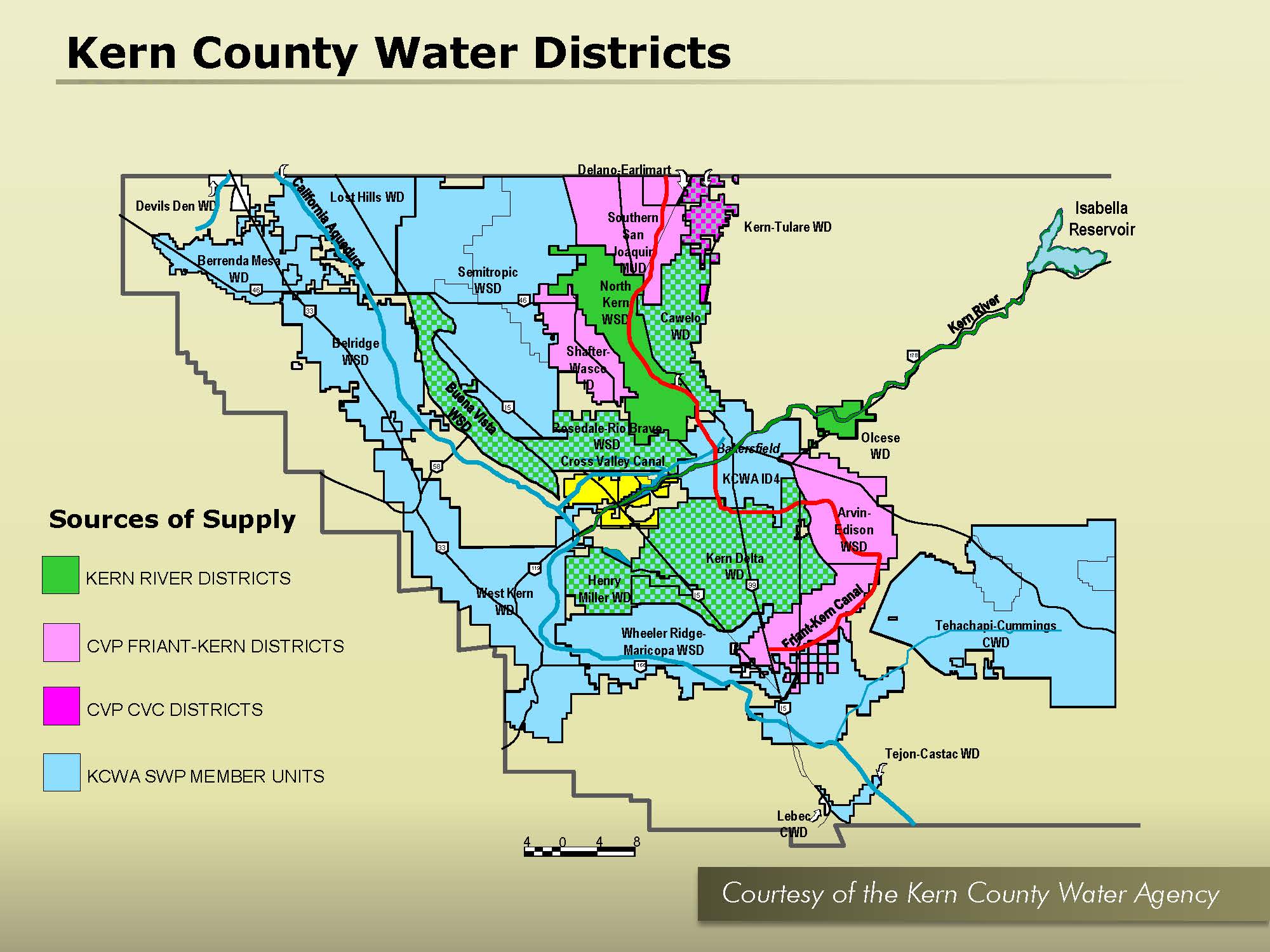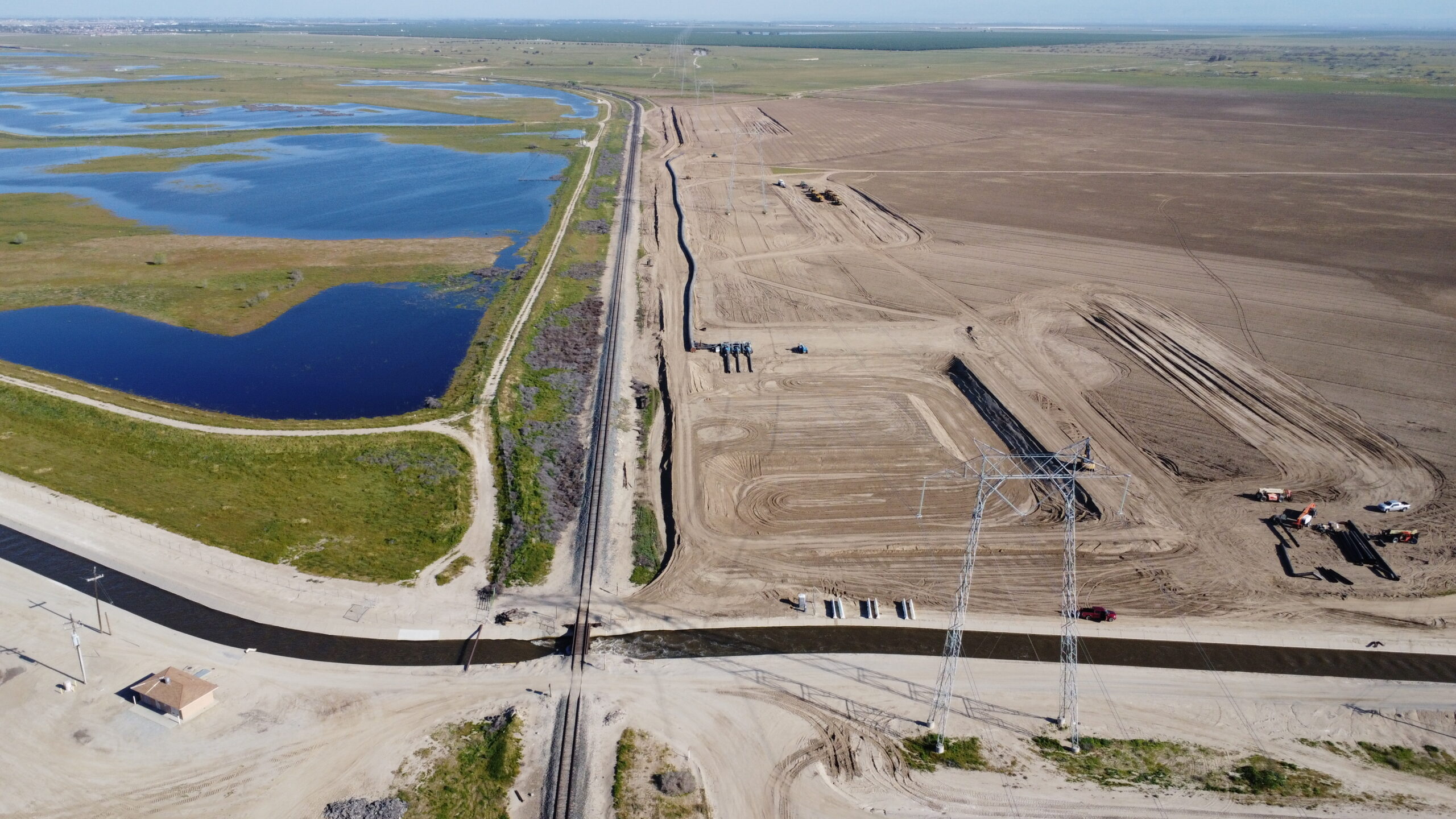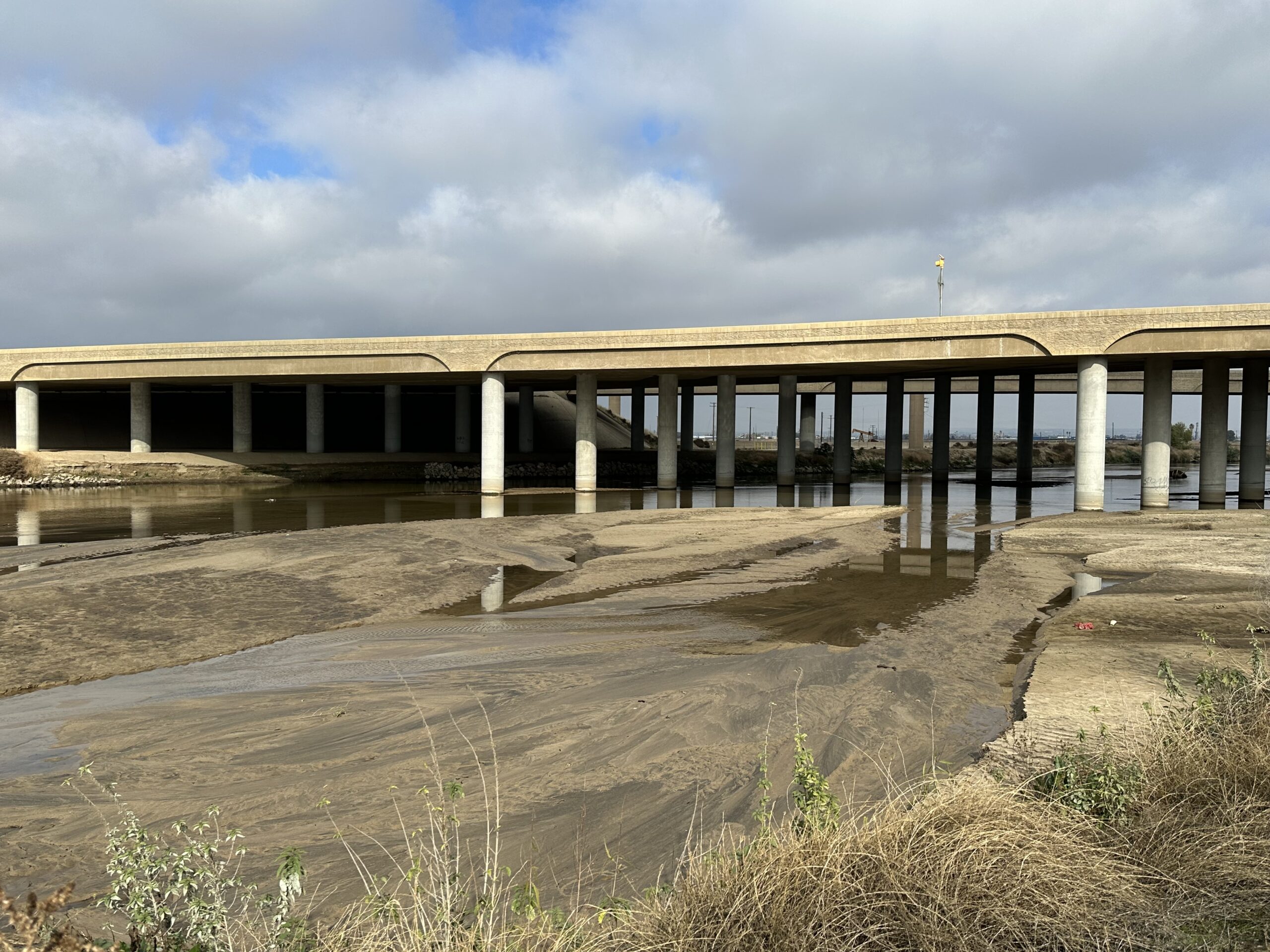Planning to fix the Friant-Kern Canal is moving at a lightning clip even as funding to put those plans into action lags.
The massive project went from its initial notice on Dec. 3, 2019, to release of the draft environmental impact statement on May 8, 2020 — just five months.
Comments on the draft environmental impact statement are due by 5 p.m. Monday (see sidebar for how to submit comments.)
Expectations are that a final environmental impact statement will be released early this fall for consideration by the Friant Water Authority, which operates the canal on behalf of the U.S. Bureau of Reclamation.
The Bureau would then issue a “record of decision” paving the way for staffers to begin obtaining permits by early 2021.
The document was prepared jointly under the California Environmental Quality Act and National Environmental Policy Act.
The canal is considered critical infrastructure as it brings water from Millerton Lake to nearly a million acres of farmland and numerous small towns along the eastern side of the valley all the way south to Arvin.
Getting to this point in the planning process has been a “lightning round,” agreed Adam Nickels, the Bureau program manager for the project.
Especially considering the magnitude of work needed to fix the canal.
The project will involve potentially enlarging, or moving and rebuilding, a 33-mile-long stretch of the canal from Pixley in Tulare County south to Lake Woollomes in Kern County.
Subsidence from over pumping groundwater near the canal caused it to sag along that stretch and reduced the amount of water it can carry by 60 percent.
It’s estimated fixing the canal will cost about $400 million to $500 million.
There are two bills floating around Congress that, if passed, could fund the full amount.
Those bills, S.3811 introduced by Sen. Dianne Feinstein (D-California) and H.R. 5316 by Rep. T.J. Cox (D-Fresno), have yet to move beyond their first committee assignments.
So far, the only “cash in hand” is about $50 million from various pots within the Bureau of Reclamation. Nickels said.
That amount will pay for most of the pre-construction work: Engineering, design, feasibility studies, preparation to acquire permits and preparation for land acquisition.
There is a request in to the Bureau for another $70 million, which would bring the total to $120 million, which Nickels said will require matching funds from the Friant Water Authority.
That amount could move the project past planning and, at least, get toe into construction.
“How much canal would that get us?” Nickels asked. “It’s tough to say, but we would hope up to 2,500 to 3,000 CFS (cubic feet per second).”
The canal was originally designed to move 4,000 CFS but the sag reduced that amount to only about 1,400 CFS south of Pixley, Nickels said.
Water agencies that take water off the Friant-Kern Canal are working with the Friant Water Authority on potential “investor” funding ideas, meaning they would kick in some money to fund the fix.
But there are a number of concerns.
Including holding those who caused the damage responsible.
The excessive groundwater pumping that caused the sag appears to be centered in the Eastern Tule Groundwater Sustainability Agency, which runs from the Kern County line to just north of Porterville east of Highway 99.
In it’s groundwater sustainability plan submitted to the state, Eastern Tule allows pumping to continue to the point that it assumes the canal will sink another three feet.
That was unacceptable to the Friant Water Authority, which sent a comment letter to the state saying such a plan cannot be allowed unless those growers pay for the damages.
Friant Water Authority doesn’t fix a price on those damages.
However, in a funding survey sent to its water districts earlier this month, the authority calculates the cost to fix the canal based on each increased cubic foot per second (CFS) the repair would deliver.
Each CFS is valued at $200,000, according to the survey, which lays out tiered “investment” levels that its districts can choose to participate in.
It remains to be seen how many Friant districts are interested in “investing,” especially those north of the sag.
Responses are due to the authority by July 2.
Share this:
- Click to share on Facebook (Opens in new window)
- Click to share on Twitter (Opens in new window)
- Click to share on LinkedIn (Opens in new window)
- Click to share on Reddit (Opens in new window)
- Click to share on Tumblr (Opens in new window)
- Click to share on Pinterest (Opens in new window)
- Click to share on Pocket (Opens in new window)
- Click to share on Telegram (Opens in new window)
- Click to share on WhatsApp (Opens in new window)
- Click to print (Opens in new window)






